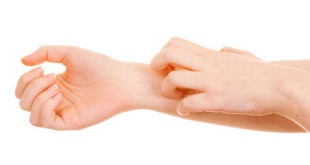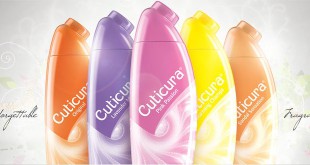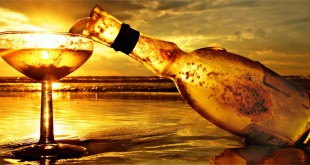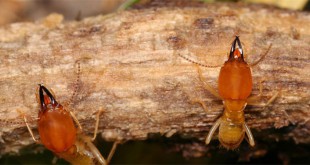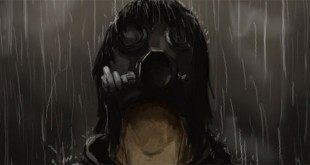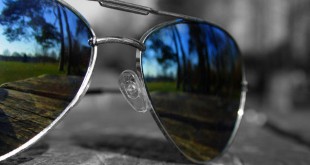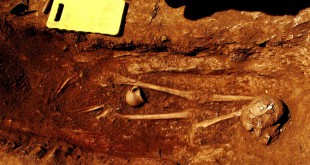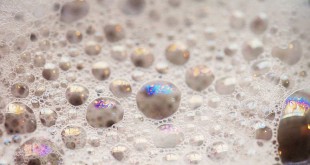Areas of the brain involved in motor control and reward processing light up more in chronic itch patients when they scratch, according to a new study which may explain why scratching evokes a pleasurable sensation. Researchers in the Department of Dermatology and Temple Itch Center at Temple University School of Medicine (TUSM) used advanced functional magnetic resonance imaging to look …
Read More »What is talcum powder made of?
The main constituent of talcum powder is talc added with some perfume. Talc is chemically known as magnesium silicate, having a distinguishable character of extreme softness. Also called soap stone, talc is the softest mineral (the hardest being diamond). Talcum powder may also contain germicide with a view to effectively neutralise bad odour of perspiration and various perfumes for fragrance. …
Read More »What is the difference between champagne and wine?
Wine is made by fermenting grape juice. Champagne is a white sparkling wine strictly from Champagne region in France and is made by re-fermenting wine in bottles and adding yeast to it. Wine re-fermented in bottles anywhere else in the world or aerated by injecting carbon dioxide is called Sparkling Wine and not Champagne Funny Logics Simple, Champagne is for …
Read More »How does wood become termite-resistant?
Wood is made termite-resistant by treating it with creosote oil, black oil or other wood preservatives. This is applied in large tanks under pressure to make sure it penetrates the wood deeply. Most termites will die if their supply of moisture is cut off. Funny Logics By treating it with pungent chemicals. By ‘woodpeckering’ the termite.
Read More »What is Eastman colour?
The term is named after George Eastman (1854-1932), an American photographic inventor and manufacturer. He introduced machine-coated plates, the Kodak camera, paper roll, celluloid roll and daylight-loading films, thereby creating the basic materials for still and motion picture photography. He founded Eastman Kodak Co in 1892. Funny Logics Indian movies inspired by Japanese, Chinese, and Korean films. The colour technology …
Read More »What is acid rain?
Acid rain was first noticed and studied in 1872. The formation of acid rain starts as soon as polluting chemicals namely nitrogen and sulphur oxides emissions from factories and car engines are sent up into the atmosphere. When these pollutants reach the atmosphere, they combine with existing water vapors, oxygen and sunlight. The reaction creates a diluted ‘soup’ of highly …
Read More »Why does photo chromatic glass turn grey in sunlight?
Photo chromatic glass contains extremely small crystals of silver chloride, silver bromide or silver iodide. Silver chloride is especially sensitive to ultraviolet radiation and splits into silver and chlorine. Silver causes the glass do darken. When the source of light is removed, the reaction gets reversed and the glass comes back to its original colour. Funny Logic Because ‘shady’ characters …
Read More »What is the radio-carbon dating method in archaeology?
Radio-carbon dating is a method of determining the age of an ancient matter developed by Willard F Libby in 1949, at the University of Chicago. Radio-carbon or carbon-14 is produced in nature and is available in the atmospheric carbon dioxide which enters plants through photo-synthesis. Thus, it also reaches the animals through the food chain. In samples like bones, wood, …
Read More »What is a neutron bomb and how is it different from the atom bomb?
A neutron bomb is a small nuclear weapon which makes use of a neutron-rich substance. This emits neutrons and gamma rays lethal within a radius of 1 to 2 kilometre. It does not destroy concrete structures and plant life, but only humans and animals. Deaths are caused due to penetration of neutrons and gamma rays. An atom bomb produces energy …
Read More »What foaming agent is used in shampoos, soaps etc? Do we use the same thing for all such products?
Shampoo or soap molecules have two chemically distinct parts, that interact differently with water. One part is a long hydrocarbon chain which is water hating (hydrophobic) and non-polar and another belongs to COONA group which is polar, water-loving (hydrophilic) and creates the foam in water. The hydrophilic part makes soap water-soluble. The hydrophobic part combines with dirt and other elements. …
Read More » Kids Portal For Parents India Kids Network
Kids Portal For Parents India Kids Network
